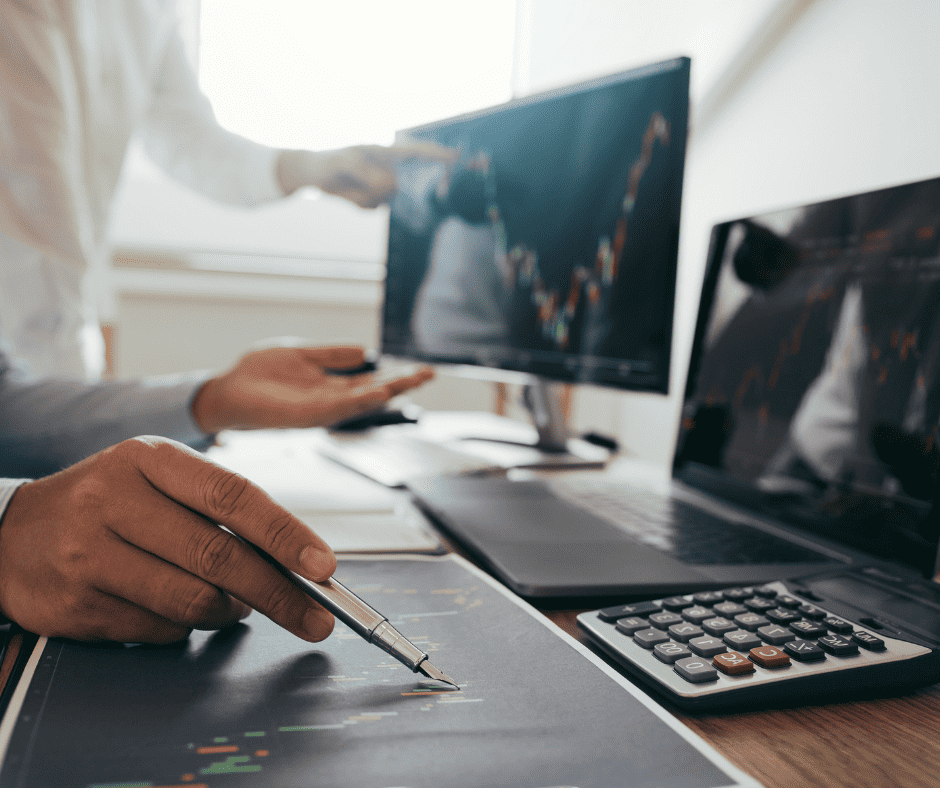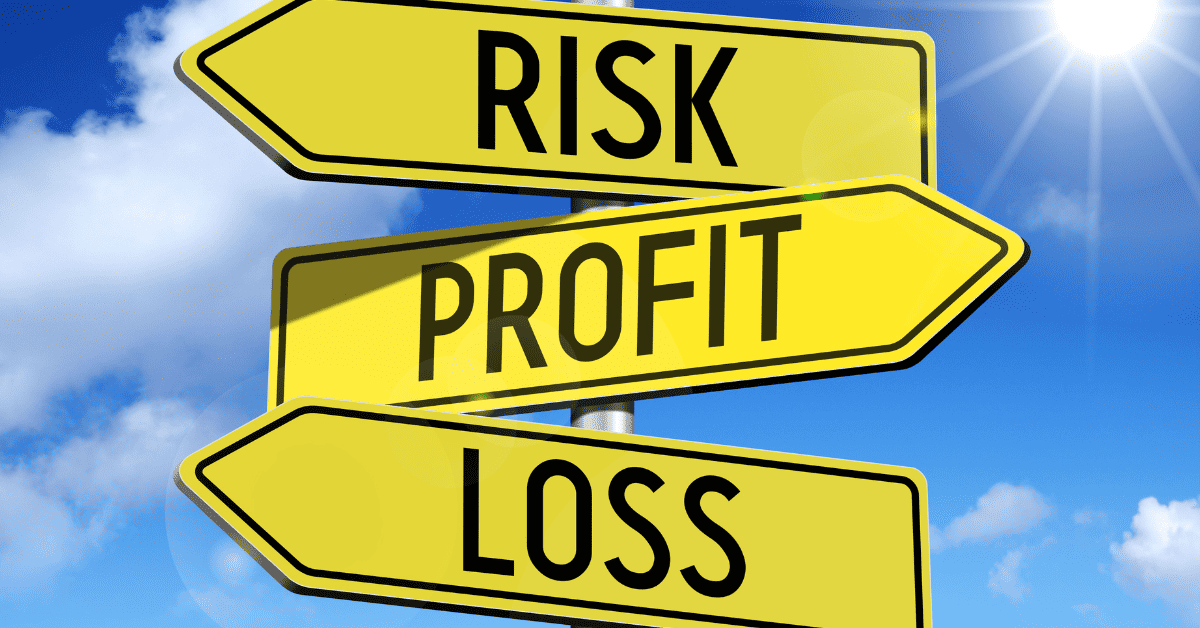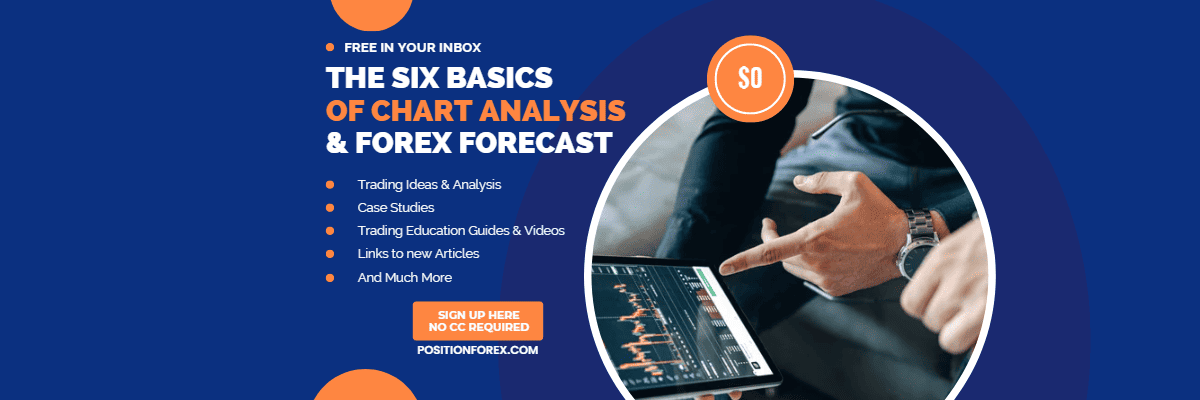Risk management is crucial for successful Forex trading, and determining the correct percentage is vital.
In this article, we’ll guide you in determining the ideal account risk for your trades.
We will explore the importance of setting the proper risk/reward ratio, understanding leverage, considering Forex pair volatility, and more.
By following these strategies, you can minimize potential losses and maximize your chances of success in the Forex market.
How to Understand What Account Percentage Risk Means
Determining appropriate sizing is vital to effectively managing and protecting your trading capital.
Calculating the risk-to-reward ratio can help you set appropriate percentages. This ratio compares the potential profit of a trade to the amount of risk involved.
Considering this ratio, you can make informed decisions about how much of your trading account you will put to work on each trade.
Another factor to consider is the impact of leverage. Leverage amplifies both profits and losses in Forex trading. Adjusting your trade accordingly, considering the leverage you are using, is essential.
When deciding on the amount of money to trade, it’s crucial to consider the level of volatility in the Forex pair.
By understanding the importance of determining the correct account percentage, calculating the risk-to-reward ratio, considering leverage, and evaluating an instrument’s volatility, you can minimize losses and maximize profits in the Forex market.

Risk Management in Forex Means Considering Your Account
One key component is determining the correct risk to ensure you don’t place too much on any transaction. You can effectively manage by assessing your tolerance and setting appropriate stop-losses.
Proper management strategies are crucial during volatile market conditions, as they can help minimize losses.
When determining the correct sizing, you must consider factors such as your account balance, risk-reward ratio, and trading strategy.
Factors like leverage, position size, and trading decisions should also be considered.
Practicing sound management techniques and avoiding gambling-like behavior is crucial to navigating the Forex market successfully.
Remember, being disciplined and adhering to risk management principles is the first rule of successful trading and is more important than any trading idea.
How to be Smart About this Sizing (Follow the Formula)
The first step in your determination is understanding the concept of account percentage and the math surrounding it.
Most will tell you that the standard risk limit per trade is 2%. If they have a $10,000 balance, they will place a stop loss level where they could lose $200.
This is a popular tactic because 2% provides enough latitude to have a bad losing streak without going broke.
Let’s look at the math, and this will be evident.
To make the exchange worthwhile, you must risk enough, but not so much that five consecutive losers will devastate you.
The formula to determine what is left after consecutive losses is:
How much is left in my account = 100*[(1+percentage of risk in the trade)^(-# of consecutive losses)]
For example, if I risk 2% and have five consecutive losses, then: 100*[1+0.02)^-5)] = 90.5%
Losing roughly 10% of your account is significant, but not so much you can never recover. You will need to grow 11% to get back to even.
If you trade more aggressively, risked 7% on each trade, and had five consecutive losses, you would be left with approximately 71% remaining.
To get back to even, you would need an over 40% return which is extremely difficult in a short time frame.
2% or less is an excellent standard to trade with.

You Must Select a Smart Risk/Reward Ratio for Your Trades
With an understanding of how much to risk on a single trade, you need to consider what risk-reward ratio you want to target.
Advice in this area is widespread. Some day traders will take any trade because they believe their process yields mostly winners; the risk-reward ratio doesn’t mean much to them.
Other traders, such as swing or position traders, might coach a minimum of 1:3 or won’t open the trade.
I recommend a 1:2 risk-reward ratio, and here’s why. I plan to win 60% of my trades, which is conservative.
In ten trades, what would ten trades look like if every winning trade yields 200 pips and each loser 100? I would make 800 pips.
My experience is I can find enough good position Forex trades and make an attractive return with 800 pips. I can usually open ten trades in 2 to 3 months.
If I restrict myself to 1:3, finding ten trades might take a year. I still expect to win 60% of them. How would that work out?
I would make 1400 pips, which would take at least four times longer. I can make 3200 pips using a 1:2 risk-reward ratio in a year.
If I’m using 1:3 means missing out on 1800 pips!

What about using a 1:1 ratio? I would find ten opportunities in 2 months. That’s a net of 200 pips every two months or 1200 pips a year.
Even if I found 10 1:1 opportunities every month, it would add up to only 2400 pips.
1:2 is the ratio I recommend position traders choose. If you’re new to trading and worry about losing money, start with a demo account first, then try 1%.
Be prepared to have a winning trade and be upset you didn’t have 2% at risk. This is part of being a disciplined and thoughtful trader.
What Does Consistency in Risk Mean for a Forex Trader?
Consistency in risk per trade is essential for maintaining a balanced and controlled approach.
Once you’ve determined the proper risk for each trade, be consistent to minimize the impact of individual trade outcomes on their overall portfolio performance.
This approach helps avoid overexposure and protects your trading capital.
Furthermore, consistency allows for better evaluation of trading strategies and helps you stay disciplined. It ensures you do not deviate from your risk management plan based on emotions or impulses.
Instead, you can make informed decisions based on your predetermined risk percentage, maximizing your chances of long-term success in the Forex market.
One exception to this is dealing with a volatile Forex pair. If you have an opportunity you like, but the pair is particularly volatile, consider reducing your trade size below 2%, making it easier to take a deeper Stop and set a further Target.

Learn to Understand What Controlling Leverage Means
Leverage is a powerful tool allowing you to control more significant positions with smaller amounts of capital.
Using leverage can potentially increase their profits; however, it’s essential to understand that higher leverage also comes with an increased chance of significant losses.
Although this article is about risk-reward, leverage is a related subject.
A maximum of 10:1 leverage is recommended for position Forex traders. This is enough leverage where you can earn profits and set the stops you need for successful trades.
You can learn more about position sizing and margin here.
Forex Pair Volatility Can Ruin Your Trade (Learn to Control It)
Different Forex pairs exhibit varying levels of volatility, which directly impacts the risk associated with trading them.
Each Forex pair’s historical volatility is essential to determine how much to risk in a single trade.
Higher volatility pairs tend to experience more significant price swings, requiring traders to use a smaller size of their account balance per trade.
You can make informed decisions about position sizing by analyzing the volatility of different currency pairs.
You can examine a Forex pair’s volatility here.
This ensures a more strategic approach, minimizing the potential for substantial losses while maximizing the potential for winning trades.

What Happens When Risk Management Rules Are Ignored?
Ignoring risk management rules in Forex trading can result in significant financial losses. You may take on excessive positions and make impulsive and emotional decisions.
Follow the rules to protect your capital and maintain long-term profitability.
What’s the Next Step?
Select a favorite candlestick chart, look, and using your knowledge find trading opportunities and measure the risk-reward ratio. Would you take the trade?
Your knowledge of technical analysis should be what you use to find trading opportunities.
If you need help developing an analysis process, you can use our Six Basics of Chart Analysis. If you’re unfamiliar with the Six Basics, you can learn them here for free.
The “Six Basics” will give you a strong foundation in chart analysis which you can incorporate with what you’ve learned here.
In addition, when you get the “Six Basics,” you’ll also get Forex Forecast delivered to your inbox every Sunday.
Forex Forecast includes:
- Trade Ideas and Analysis
- I will show you the trade opportunities I’m watching using the Six Basics of Chart Analysis and Advanced Strategies.
- Case Studies from Around the Web
- Watch how applying the Six Basics worked on some of the best, most profitable trades.
- Trading Education Guides and Video
- Want to learn most Six Basics techniques and Advance Strategies?
- I produce Videos and Guides to help you learn and build a better trading practice.
- Links to New Articles
- I publish new articles on topics traders will want to know about every week, and you can find out when they post.
- Positionforex.com News
- Did something change at positionforex.com? Learn about it here first!
- Links to upcoming webinars
- Attend free webinars to improve your trading.
- And Much More
- Tools, Membership-only Videos, and more will be released in the Forex Forecast.
The best part – it’s completely free.
Frequently Asked Questions
What are the Dangers of Trading with a High Account Percentage per Trade?
Trading with a high risk can lead to significant losses.
It increases the pressure to increase your sizing, which can result in impulsive decision-making. High leverage amplifies losses and depletes your trading account quickly.
Manage smarter by setting appropriate stop-loss orders and practicing disciplined trading strategies.
What Factors Determine Correct Account Sizing per Transaction?
Most opportunities use a 2% sizing per transaction. Consider reducing that if there’s an opportunity with a volatile pair.
If you are a new trader, consider a demo account first and later open a live account and try trading at 1%.


